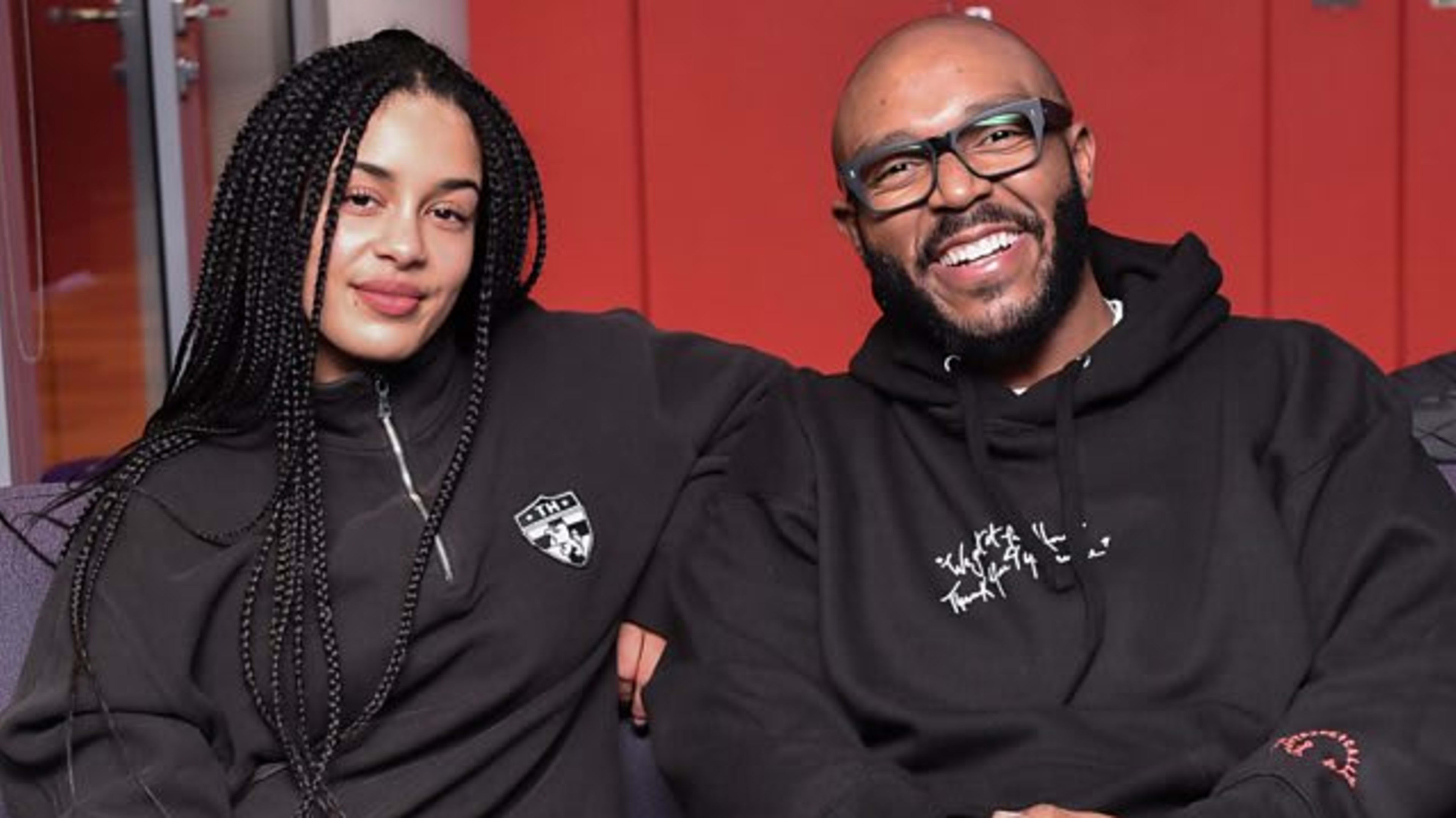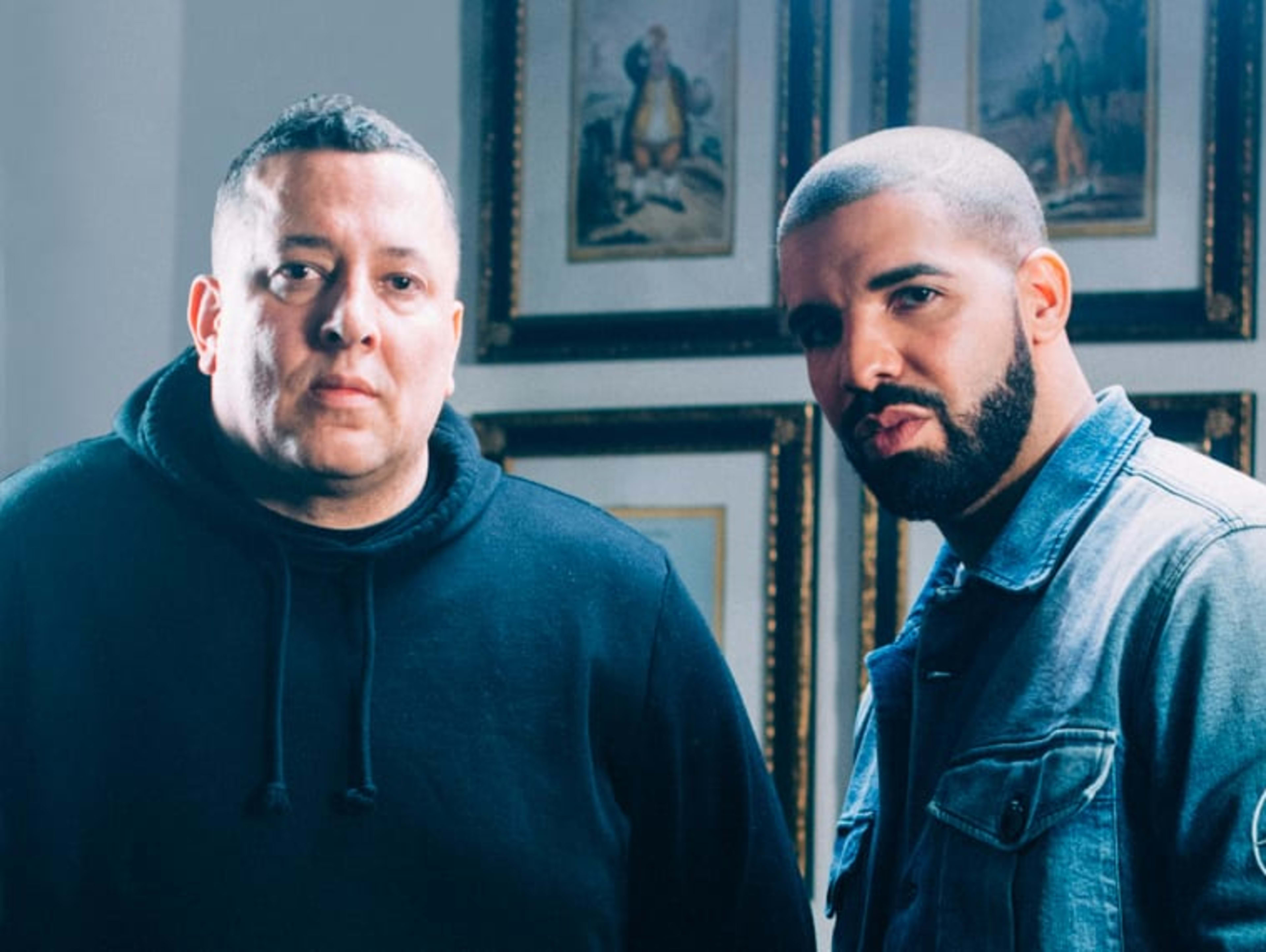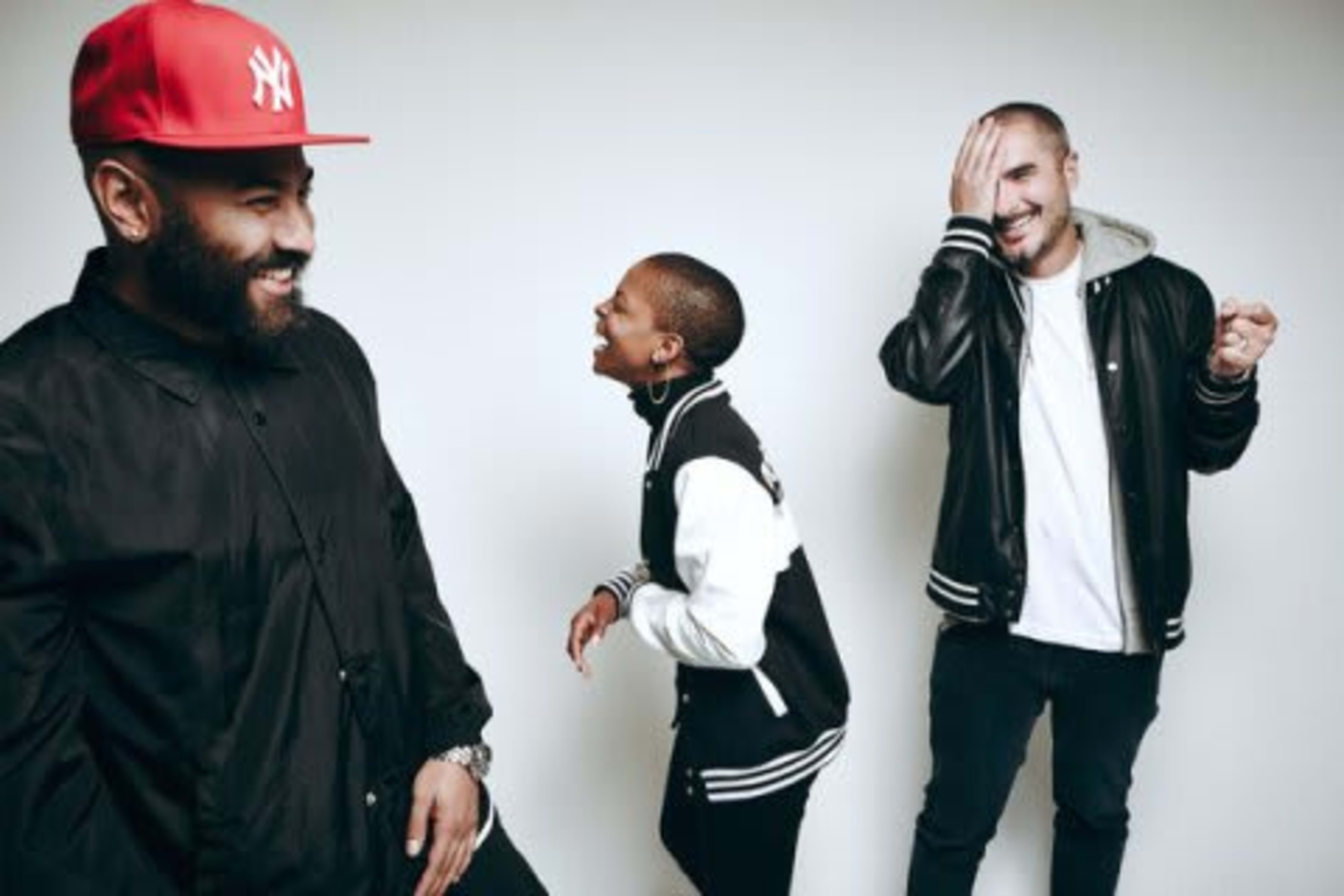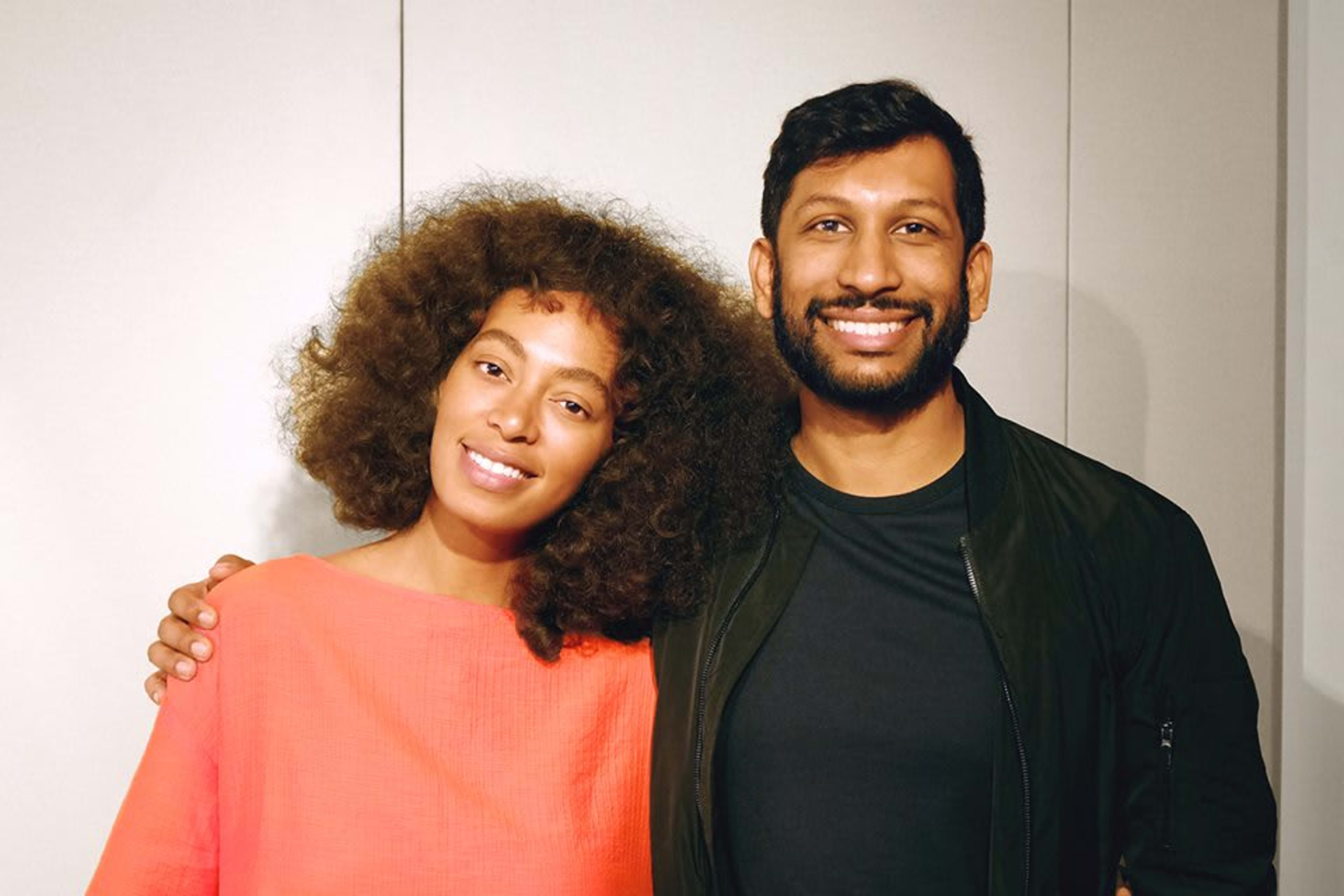Why am I Still Listening to British Radio in the U.S.?
A Londoner wonders why British radio takes more risks and explores how things are evolving in America.

As a born and bred Londoner living in the city, I would listen to the radio for around four hours per day during the week and a little less on the weekend. I almost always tuned into BBC 1Xtra; Twin and Yasmin got me up in the mornings and took me to work, Charlie Sloth and MistaJam escorted me home, then depending on the day, Jamz Supernova or Sian Anderson put me to bed. On any show, I would hear new music I hadn’t heard anywhere else.
Mainstream artists like Beyoncé, Kendrick Lamar, and Drake are played too, but there is a distinct balance between big names and upcoming talent on British radio. I discovered some of my most listened to artists on the radio, like Gallant, Jorja Smith, and Kojey Radical—radio, above all else, was my main source of new music. But last year I moved with my job to Brooklyn, and I have yet to hear the same quality of broadcasting in the U.S. Being such a heavy consumer of radio, and a fan of so many American artists, I was looking forward to switching my allegiance to the famous U.S. hip-hop stations. At one point, I even used a VPN so I could listen to Power 106.
But when I listen to HOT 97, Power 105.1 or any similar stations, all I hear are commercials, boring chat, and a few Drake and Migos songs played on repeat. Commercials I expected, but there is no way I’m listening to conversations about thirst traps and thigh gaps at 8 a.m. Most disappointing, however, was the lack of upcoming artists in rotation. Rather than unsigned or independent artists with one EP or album and a decent local following, the "upcoming artists" on U.S. stations are well-established national names like Joey Badass, D.R.A.M., and Khalid.
MistaJam and Jorja Smith/Image via BBC Radio 1
You can’t talk about British radio and not start with the BBC. With 17 national stations and 40 local stations, it covers everything from news and sports to comedy and music. As a public service broadcaster, the BBC has no external advertisers, so it’s not held hostage by external agendas. It is mostly funded by an annual license fee, which all U.K. homes and business with a TV are required to pay.
However, the government has no control over content or practices. They are not beholden to listener numbers like commercial stations. Their mission is, “To enrich people's lives with programs and services that inform, educate and entertain.” The domino effect of the BBC is that broadcasting standards are upheld on smaller stations too. The best DJ talent often goes to the BBC, while aspiring DJs work hard to get heard on community or commercial radio stations like Radar Radio and Kiss FM.
Nikhil Shah, co-founder of Mixcloud and lifetime Londoner, can't stress enough the importance of the BBC to the British broadcasting landscape. “It has an unfair advantage and has a huge amount of resources that commercial broadcasters don’t have. But most importantly, it has this public service remit to create diverse, quality content for a very broad and diverse audience.”
But most importantly, [The BBC] has this public service remit to create diverse, quality content for a very broad and diverse audience. - Nikhil Shah
This “public remit” is unique to the U.K., and goes a long way to explain the taste-making content that comes out of the BBC. Shah goes on to explain that commercial stations have a hard time keeping up with their listener targets. “They’re not trying to create engaging and interesting content, they just want to stop you turning it off. The only way to do that is playing the most homogenous stuff you can play.”
This is true for any commercial station, but the problem is, that’s the mainstream U.S. market. With few exceptions, the same tracks are played, and the result is repetitive. U.K. radio breaks artists; U.S. radio perpetuates already popular artists, and there are many, many British artists who owe their break to British DJs. The BBC also runs a successful program called BBC Introducing, focused on "undiscovered and unsigned music.” Just two examples of the many artists that came up through this program are Little Simz and Mura Masa.
It’s not only about British artists, though. Tim Westwood has been promoting hip-hop in the U.K. from the '90s onwards, and today, DJs and tastemakers like Semtex (who was granted a rare Drake interview earlier this year) and Charlie Sloth are key connectors to the US scene.
DJ Semtex and Drake
The role of specialist shows like Sian Anderson’s grime slot or Jamz Supernova’s future RnB show have come into their own as both scenes have exploded. Listeners are expecting to hear new music because they are used to a certain level of content, and therefore want to be challenged and surprised by what they hear on the radio.
Conversely, U.S. tastemaker stations like HOT 97 and Power 106 don’t take nearly as many risks. The playlists are overwhelmingly limited, and with less airtime for music due to chat and commercials, there is just less music full stop.
There is hope for American listeners, however, as not all U.S. radio stations are commercially operated and non-commercial U.S. radio is a very different story. KCRW DJ Raul Campos has worked at the Los Angeles-based NPR affiliate radio station for almost twenty years and agrees that commercial stations don’t play a wide enough range of music.
“I think even now it might be less than forty songs that are top rotation... You’ve got a music director, and a company doesn’t just own one radio station. It’s a very tightly programmed network. It’s tough to veer to the left and the right of what the mainstream is going to want to hear and be willing to hear. Nothing against those artists—I love a lot of their music. But at the same time I don’t want to hear it over and over again.”
The commercial operating model does not allow for divergent behavior, whereas stations like KCRW thrive on it. “They’re really dependent on commercials, advertisements, and generating income where it’s kind of treated as real estate," Campos continues. "When it comes to a non-commercial radio station, such as KCRW, we generate pledge drives and depend on listener support.”
A key difference in DJ practice, and therefore listening experience, can be categorized as curation versus programming. Non-commercial radio DJs have the freedom to play music they are passionate about and often have discovered themselves whereas commercial radio DJs are at the behest of their music director, playing the same tracks show after show.
“The main thing is the freedom to play what we want, as far as the DJs go. That’s the key. We have the liberty to find something, whether it’s on a blog, or we buy it, or we find it from hearing an artist play at a small little venue.” This is especially true of KCRW, as Campos says, “When it comes to curation, that’s what we really emphasize and focus on...We‘re a diverse team of programmers and DJs that come from different backgrounds, and we all feed off each other.”
You talk to Adele and she’ll say KCRW was the first radio station in L.A. to ever play her music. Same thing with Beck, the Black Keys, the list is endless. - Raul Campos, KCRW
“You talk to Adele and she’ll say KCRW was the first radio station in L.A. to ever play her music," he says. "Same thing with Beck, the Black Keys, the list is endless.” These are the people who not only are passionate about music, but have the influence to shape careers. “It’s good to see someone that we’ve championed from the infancy of their careers become something larger than life,” says Campos.
Despite that passion, though, Campos and KCRW are an exception. The gulf between commercial and non-commercial stations in the U.S. is far wider than that in the U.K., with U.S. stations playing disparate roles in the music industry. This, in part, may be due to some U.K. commercial stations being able to trace their roots to unlicensed, non-commercial origins.
U.K. pirate radio stations started in the '60s as a backlash against regular radio not catering enough to diverse and young tastes in pop and rock music, broadcasting from ships moored offshore in international waters. This spirit continued in the '90s as DJs and artists climbed onto housing estate roofs to fix up illegal antenna so the local area could listen in.
Mixcloud's Shah observes, “For the last several decades, way before the internet democratized broadcasting and allowed lots of people to very easily put up a show on the internet, it meant that people were forming radio stations in every postcode, and creating a crew around that with their own sound and collective based around their community.” It was the norm for artists to put themselves on a public platform, even though they hadn’t been validated by the industry.
DJ Logan Sama
Many of the best U.K. DJs and producers today honed their craft on pirate radio, like DJ Target (BBC), Julie Adenuga (Beats 1) and Logan Sama (BBC), not to mention the artists that started their careers there, like Wiley, Skepta and Kano. Logan Sama is one of the most influential grime DJs in the game; a current BBC 1Xtra resident DJ and a former Kiss FM radio DJ for over nine years. When I recently caught up with Sama for an interview he said that when many pirate stations got shut down, “We lost a lot of the breeding grounds for new talent, where they could go and cut their teeth and learn their trade.”
This is true for artists, but for DJs as well. “Rather than just being a mix DJ, I started presenting and hosting, and trying to report on what was going on,” Sama said. “Just being someone who was passionate about the culture and the art of it and trying to convey that to an audience.”
This DIY culture has continued to flourish in the U.K. within the world of internet radio. As a source of radio shows from around the world, Mixcloud has a first-hand impression of how this community is growing. “There is ongoing growth of independent, grassroots music radio stations,” Shah said. “You don’t need to be pirate anymore, but the need for DJs and broadcasters and tastemakers to congregate in their community, around a physical space and to build a shared audience, hasn’t gone away. We’re seeing every month another new internet community station pop up.” London stations like NTS, Radar, Hoxton FM, and Soho Radio can broadcast without the fear of being shut down, and can attract listeners from anywhere in the world, not just that corner of London.
With the prevailing power of the internet, the U.S. has started to wake up, albeit not on FM channels. When Beats 1 launched, there was a mixedresponse. But once the shows started booking influential guests and playing exclusives, the listeners tuned in. Much of the Beats 1 hype has come by adopting elements of U.K. radio, both in practice and literally: Zane Lowe moved from London to L.A. and Julie Adenuga came over from Rinse FM.
One of Beats 1's most impressive moves is OVO Sound Radio. OVO is a cultural phenomenon, with its own soundtrack, language and clothing. Hosted by Oliver El-Khatib, the formula is working: two hours with next to no conversation, OVO artists, new music, and guest DJ mixes. Speaking about the More Life debut episode, Jimmy Iovine recently told The Verge, “What we saw on Drake’s radio show were TV numbers.” Beats doesn’t release listener numbers, but that has to be good. They are creating ecosystems around their shows (other notable hosts include Frank Ocean, Travis Scott, Pharrell, and Dr. Dre) and putting the full weight of Apple's resources behind them.
The U.S. also has the largest podcast production hub in the world. By their very nature, podcasts are not meant to please a wide range of people, so you don’t end up in the same homogeneity trap. You actively choose whether you want to listen to a podcast versus the radio, which is a more passive experience. Both of these elements collide to produce content that people want to listen to, instead of just filling the airwaves during car rides.
Solange and Song Exploder podcast host Hrishikesh Hirway
Perhaps I was too naive in thinking that I would hear a similar radio soundscape in the U.S. The conditions and context are different, and the pervading role of the BBC and the legacy of pirate radio has created a unique broadcasting landscape in the U.K. We are lucky to have so many high-quality broadcasters and producers who consistently create world-class content, but that doesn’t mean a similar quality ecosystem couldn't emerge in America.
The seeds already exist—NPR is the closest entity to the BBC in the U.S, with over 1,000 public radio stations nationwide. This publicly funded organization reaches 30 million weekly listeners, and covers a huge range of news, arts and music. U.S college radio is another source of quality content, often playing music no one else has heard—and might not for some time. As Campos says, “Every city, every community is going to have a public radio station, whether it’s an NPR affiliate whether it’s a college radio station. I really believe that the non-commercial AAA format...is what allows the DJs and the programmers to play fresh, new music.”
I’ll continue to listen to British radio for now, and only partly because I miss the accent. I’ll listen because the conversations and the music are fresh. I believe the DJs like most, if not all of the songs they air and the artists are more grateful for a play, an interview, or a live session, because of the gravitas radio still holds.





